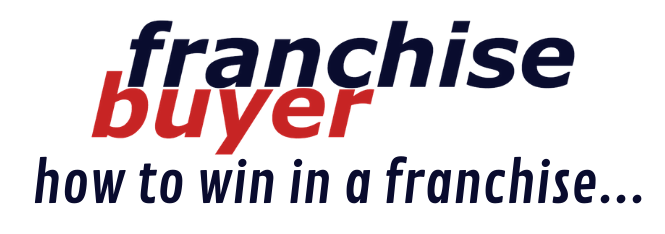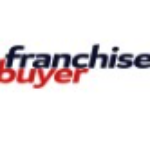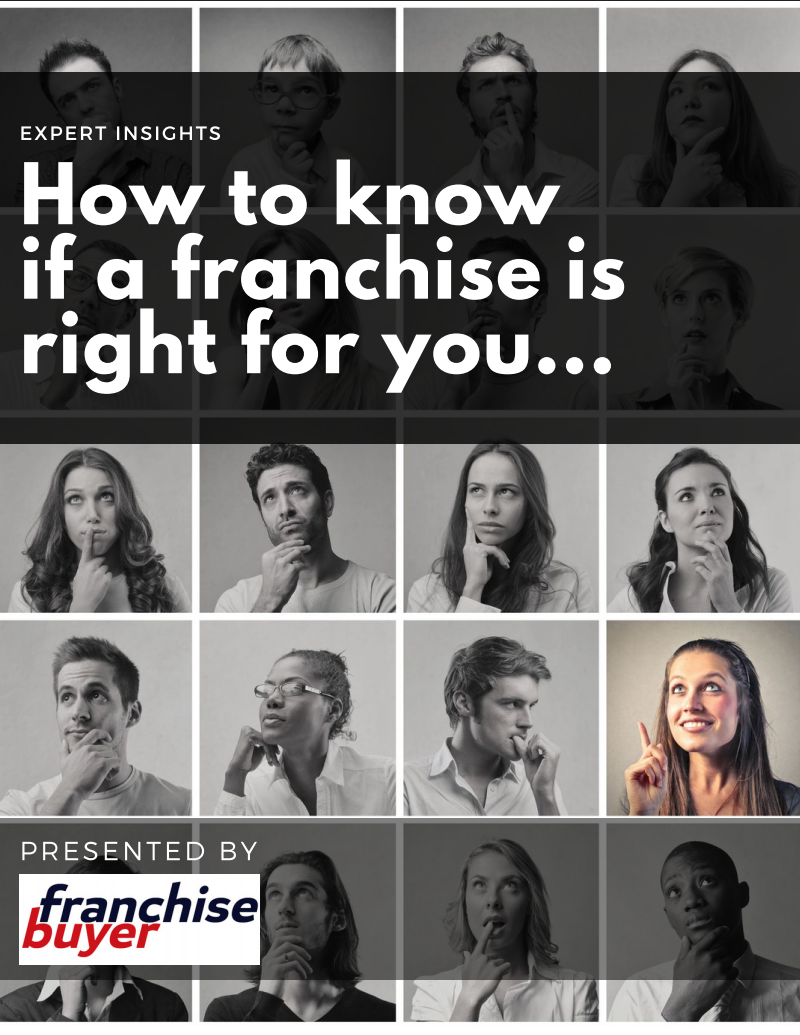October 22, 2020
Domino's - Who started that franchise?
Dominos founder Tom Monaghan started with a single pizzeria named DomiNick's purchased in 1961 with his brother James.
How it all started
The store had little room for sit-down dining and so from the start delivery was key. The first drivers were unemployed workers from a factory who agreed to work on commission.
By 1965, he had three locations in the same county, having purchased an additional two. Monaghan wanted the stores to share the same branding, but the original owner did not allow them to use the DomiNick's name. It was a pizza delivery driver named Jim Kennedy who suggested the name "Domino's" and Monaghan officially renamed the business Domino's Pizza, Inc.
The stores were losing money so Monaghan dropped items from the menu to focus on making and delivering pizzas. In doing this, he learned that keeping things simple could in fact be more profitable. Domino’s business strategy became to offer a limited menu on a delivery or carry-out basis, as Monaghan was convinced that delivery was the future.
Driven by innovation
Monaghan took road trips to research business and learn from competitors. When observing the competition didn’t result in better methods, Monaghan innovated.
Looking for equipment ideas, he found a meat-grinder which he used to chop cheese as well as mix consistent pizza dough in less than a minute.
Standard mixers at the time took eight to ten minutes to mix dough. Dough, once mixed, was stored on oiled pans, with towels covering it; this method failed to keep the outside edges of the dough from hardening.
Monaghan discovered an air-tight fiberglass container that stored dough very well and the practice later became a standard in the industry.
Monaghan was also dissatisfied with flimsy pizza boxes and worked to devise a corrugated box, which also became an industry standard.
Franchising and growing pains
In 1967, the first Domino's franchise was sold to Chuck Gray. The second franchisee, Dean Jenkins, was handpicked by Monaghan to take over the first store to be built from the ground up.
In 1969 the number of Domino's stores rapidly increased from 12 to 44 in 10 months, which created significant problems in the business with poor sales and little control. This eventually led to Monaghan losing 51% of the business to his bank which effectively took control, and made things even worse.
Monaghan was happy to get the business back in 1971, yet he inherited a financial mess with over 1,000 creditors and an increasingly litigious group of franchise owners.
Within a few very difficult years, creditors were paid back, and gradually trust was slowly and carefully regained with franchise owners.
A better way
Wary from the franchise owner lawsuit, Monaghan did not want to franchise the traditional way. He developed a new system for potential franchisees, with the initial fee waived but it required that anyone who wanted a franchise, had to spend at least a year as a successful Domino's store manager first.
The brand's momentum increased, and by 1983, the company had 1,100 locations.
Monaghan decided to regionalize Domino’s operations, setting up six geographic regions, with a director fully responsible for each territory. The regional system provided the tighter controls needed for rapid but well-orchestrated growth.
Tom Monaghan eventually sold his controlling interest in Domino's to Bain Capital in 1999 for approximately $1 billion, to dedicate himself to Catholic causes.
Today, Domino's continues to build on Monaghan's original foundation of delivery and innovation, testing delivery by drone and self-driving cars and taking customer's orders by engaging through a vast array of third party platforms.
And this spirit of innovation in the brand set by Monagahan is unlikely to ever change.















